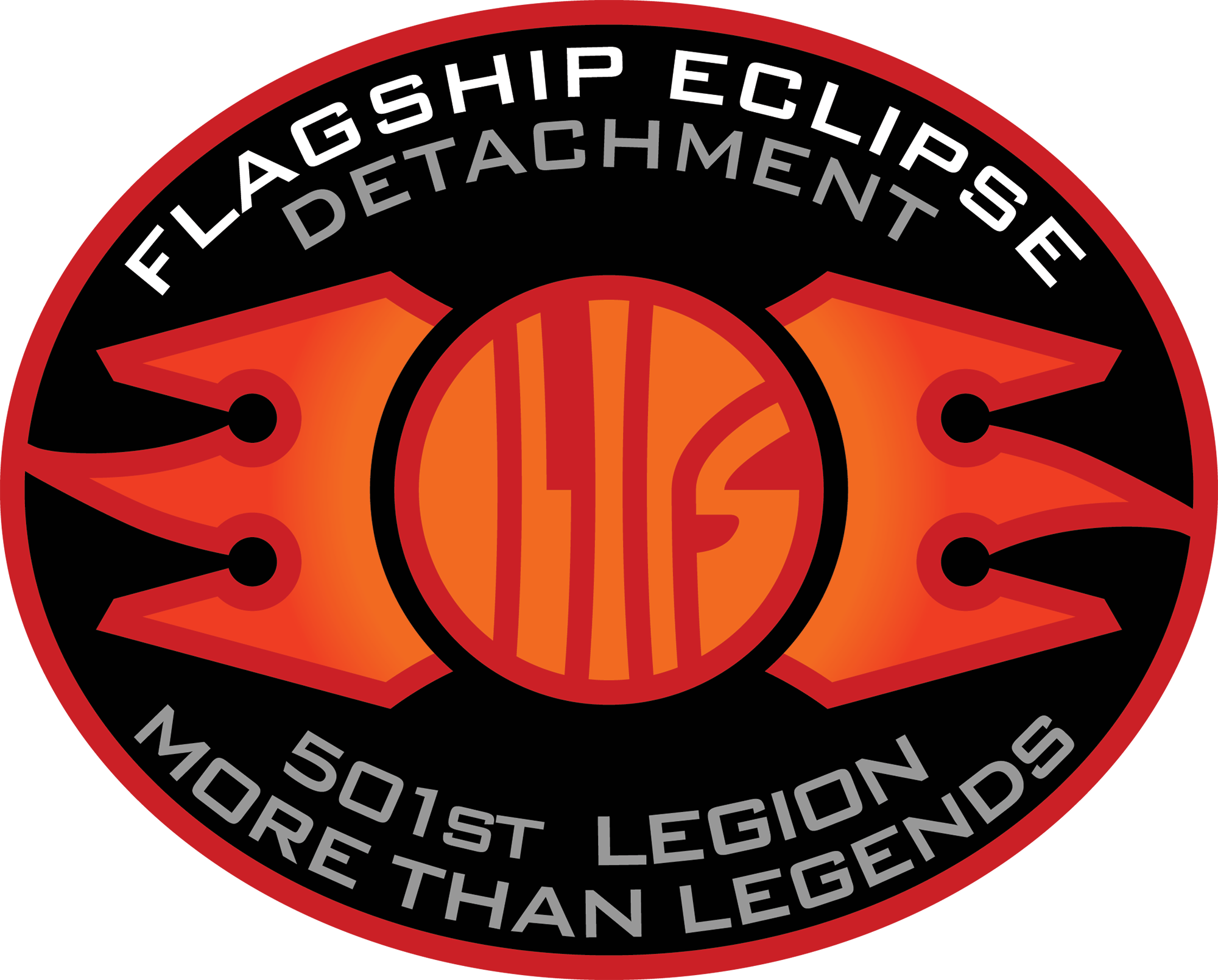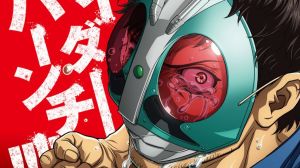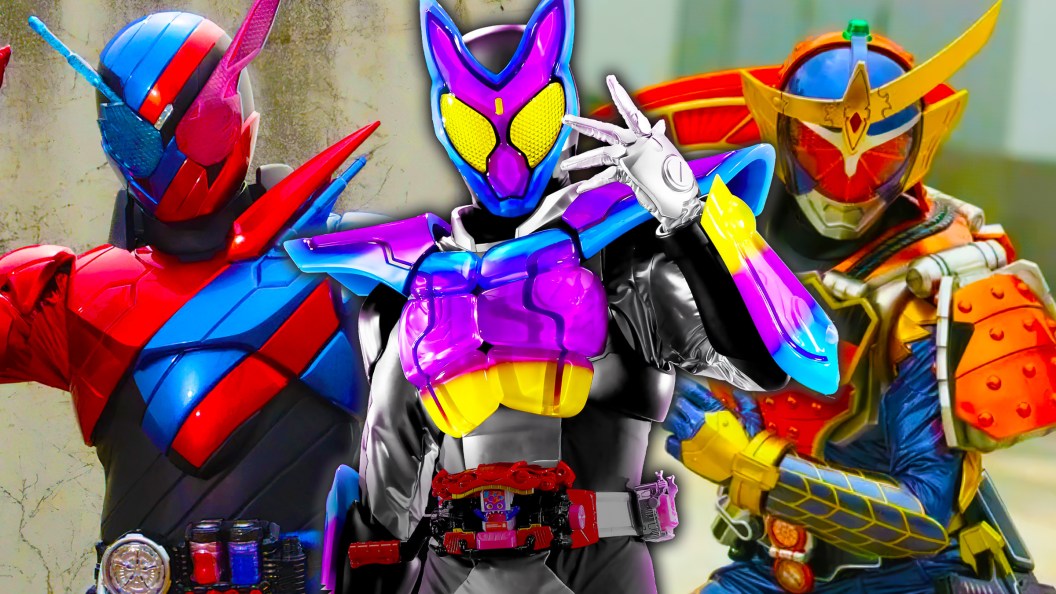
Kamen Rider Gavv has taken the Reiwa era by storm with its playful yet dynamic snack motif, turning gummy candies, marshmallows, lollipops, and chips into stylish yet powerful weapons through the Gochizo System. Beyond the flashy henshin sequences and unique belt and suit designs, it’s the colorful cast of characters, each with their own quirks, goals, and bonds, that give the series its heart. Through their stories, the snack-fueled motif takes on a darker edge, transforming into something far more heartfelt and memorable. Through their stories, the light-hearted snack motif takes on a darker edge, transforming into something far more heartfelt and memorable. As the show heads towards its finale and fans look ahead to the newly announced Kamen Rider Zeztz, which will be simulcast in several countries worldwide, it’s the perfect time to reflect on what makes Gavv such a standout in the franchise.
In this list, we’ll take a look at five must-watch Kamen Rider series that capture the same energy, emotional intensity, and thematic depth as Kamen Rider Gavv. Many of them also dive into surprisingly dark themes, challenging their heroes with sacrifice, tragedy, and moral gray areas while exploring what it truly means to be a Kamen Rider. If you’re ready for a journey that captures the same mix of wild creativity, emotional depth, and unforgettable battles, you’ve come to the right place.
5) Kamen Rider W
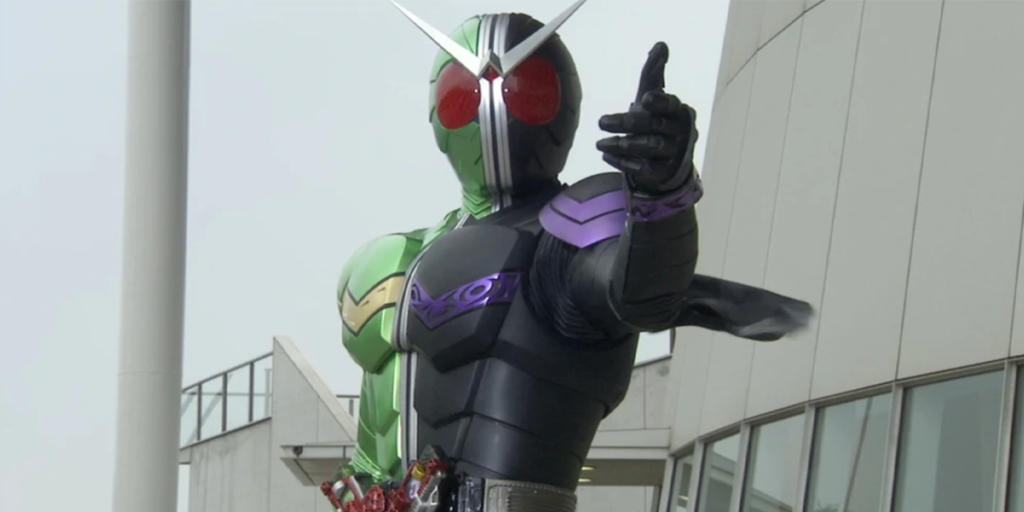
Kamen Rider W was the series that launched the Heisei era’s second phase, acting as an excellent starting point for anyone wanting to get into the franchise. The series follows Shotaro Hidari, a self-proclaimed “hard-boiled” detective, and Phillip, a mysterious amnesiac with access to the planet’s knowledge through the Gaia Library. Together, they form the two-in-one Kamen Rider, Kamen Rider W, protecting the windy city of Fuuto from monsters known as Dopants, ordinary people transformed using Gaia Memories, which are highly dangerous and addictive devices. The show mixes detective noir with superhero action, along with its lighthearted humor and, of course, deeper mysteries and emotional stakes. Its popularity has even led to a sequel series, Fuuto Pi, receiving not only an anime adaptation but a movie, expanding the world of Kamen Rider W and keeping its story alive for the new generation.
Much like Gavv, it thrives on a distinct motif that hides surprisingly mature undertones. The Gaia Memories serve as a clear drug allegory for Kamen Rider W’s Dopants, echoing the corrupting influence of Gavv’s Dark Treats on the Granute Society. The Stomach Family also mirrors the Sonozaki family, as both distribute their respective drug while acting as the main force against the riders. Shotaro’s drive, while being something ingrained in at a young age, also honors his fallen mentor, Sokichi Narumi, and parallels the grief at the core of Gavv, where each rider carries the memory of someone they’ve lost from the Stomach family. Shoma and Hanto with their mothers, and Lakia with his brother. These tragedies drive them forward, shaping their sense of justice and fueling their desire to protect others. Despite having completely different motifs, both W and Gavv manage to create a captivating story using tragedy and dark undertones that any Rider fan will enjoy.
4) Kamen Rider Kiva
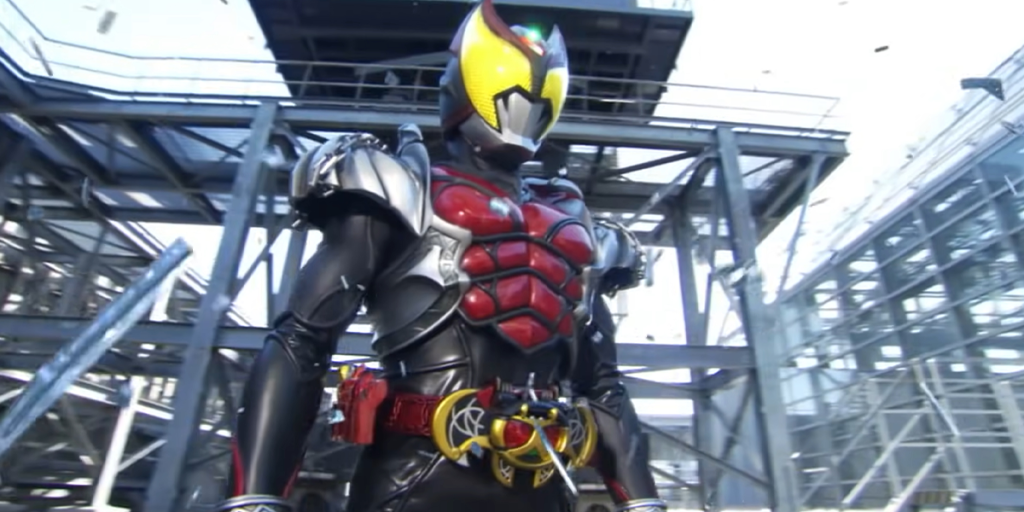
Kamen Rider Kiva, much like Gavv, tells the story of a half-human hybrid with Wataru Kurenai, a shy and reclusive young man who inherits the mantle of Kiva to fight against his race, Fangires, who feed on human life energy. What makes Kiva stand out is its dual-timeline structure, with the story alternating between Wataru’s battles in 2008 and his father Otoya’s struggles in 1986, with Otoya’s story explaining the backstory behind the 2008 events. The series blends gothic visuals, a vampire-inspired aesthetic, and a moody, dramatic tone that sets it apart from its Heisei era peers.
It’s an understatement to say that Gavv takes inspiration from Kiva. As previously mentioned, Wataru is a half-Fangire, half-human hybrid who uses Kivat, a sentient creature similar to Shoma’s Gochizos. However, this isn’t how he gets other forms; instead, he gets them from “fuestles”, who mirror the Imagins from Kamen Rider Den-O. The family drama runs deep in both series, with Wataru’s estranged half-brother, Taiga, stays hidden while moving the chess pieces until emerging in the second half of the story as a major antagonist, similar to how Lango stays in the Granute world for the majority of the first half of the story before appearing before Shoma in the second half to settle their ideals.
Even our secondary riders parallel each other, with both Hanto and Nago harboring intense hatred towards the respective species, fueled by grief. Creating tension between them as each of their main riders hides their true heritage. In both series, these conflicts show that being a Rider is just as much about the struggles off the battlefield as it is on it.
3) Kamen Rider Geats

Kamen Rider Geats is essentially Squid Game meets Kamen Rider, featuring a group of riders competing in the Desire Grand Prix, a mysterious survival game where riders fight to protect the world from the Jyamato. The winner of each game has the power to reshape reality itself, leading to intense rivalries as every participant fights for not only survival but also for their desire. Our main rider, Kamen Rider Geats, otherwise known as Ukiyo Ace, has been the reigning champion of the Desire Grand Prix for years, cleverly outfoxing his opponents to stay on top, but beneath all his smug confidence lies a deeper wish to find his long-lost mother. Alongside him are Keiwa, a kind-hearted idealist, Neon, who is struggling to break free from her sheltered life, and Michinaga, a bitter rival dead set on taking down Ace. This series has also made history, being one of the first rider shows to be made officially available in the US, much like Hideki Anno’s Shin Kamen Rider, introducing international fans to the franchise.
Where Geats and Gavv both shine are their fight scenes, with both Reiwa shows sharing the same action director, Satoshi Fujita; both series’ fight scenes are a spectacle to watch. Every fight is filled with high-paced action that only drives the story forward and keeps you engaged. While Geats isn’t as dark as Gavv, the main riders do share a common theme of family loss. Only Ace’s victories are driven by the hidden desire to reunite with his mother, while Gavv’s riders share the common grief of a loved one, using this as their reason to fight. Mystery drives both stories, with the hidden truth behind the Desire Grand Prix slowly unraveling in Geats, while Shoma’s complicated family history reveals itself over time in Gavv. Packed with mystery, emotion, and jaw-dropping action, it’s understandable why both Geats and Gavv stand out among the rest of the Reiwa era stories.
2) Kamen Rider Gaim
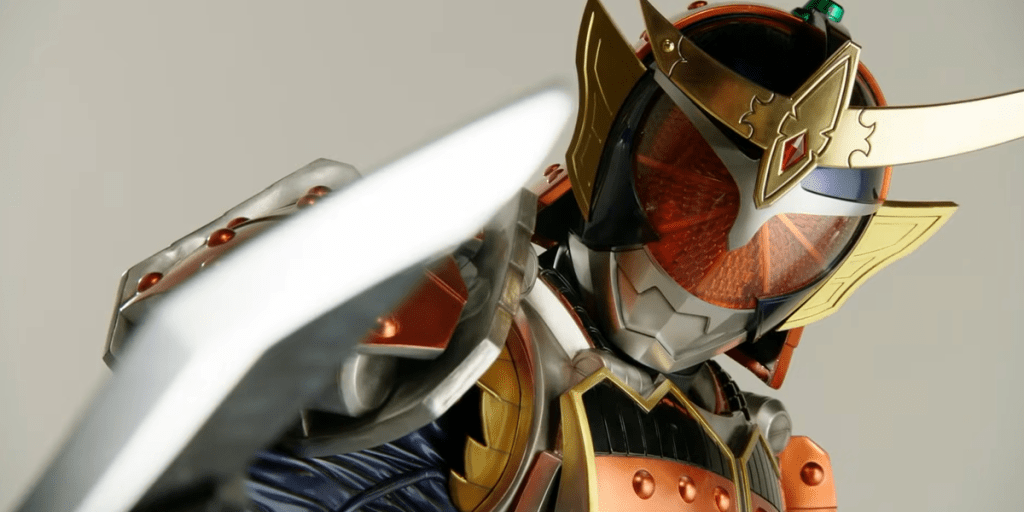
Kamen Rider Gaim stands out as one of the most unique entries in the franchise, and much like Gavv, it takes a seemingly childlike theme, being fruits, and twists it into something much darker. Which makes sense given the writer is Gen Urobuchi, best known for his work on Puella Magi Madoka Magica and Fate/Zero. At first glance, the series seems playful with our riders using fruit-based lockseeds to transform. The story revolves around dance crews, notably Team Gaim and Team Baron, battling over territory in the Inves Games, using Lockseeds to gain dominance. But very quickly, the series descends into tragedy, as the Inves Games spiral out of control and the truth about the Helheim Forest, the source for both the Inves and Lockseeds, begins to surface. What begins as a simple lighthearted turf war gradually turns into a desperate battle for humanity, where every choice the riders make carries consequences.
Both Gaim and Gavv explore complex narratives masked behind their rather innocent motif. In Gaim, Kouta Kazubara evolves from a carefree dancer on Team Gaim to a selfless hero burdened with protecting humanity from the apocalyptic threat of the Helheim Forest. Similarly, in Gavv, Shoma, an alien from the Granute race, transforms from an outsider seeking survival to a protector for both granutes and humans alike, grappling with his identity and responsibilities through choices. Both protagonist confront their places within the world while maturing through the moral weight of their decisions.
Furthermore, Gaim uses the mysterious Helheim Forest to tempt humans with its fruits, which are highly addictive and transform those who consume them into Inves. This mirrors Gavv with how the Dark Treats lure the Granutes. All it takes is one bite for the monster to become addicted, making them willing to do anything for more. The parallels go further with the series’s two scientists working behind the scenes; Gavv features Kenzo Suga, while Gaim has Ryoma Sengoku, both of whom use the riders to transcend beyond humanity. Both series remind us not to judge a book by its cover, as beneath their colorful motifs are some of the franchise’s darkest stories.
1) Kamen Rider Build
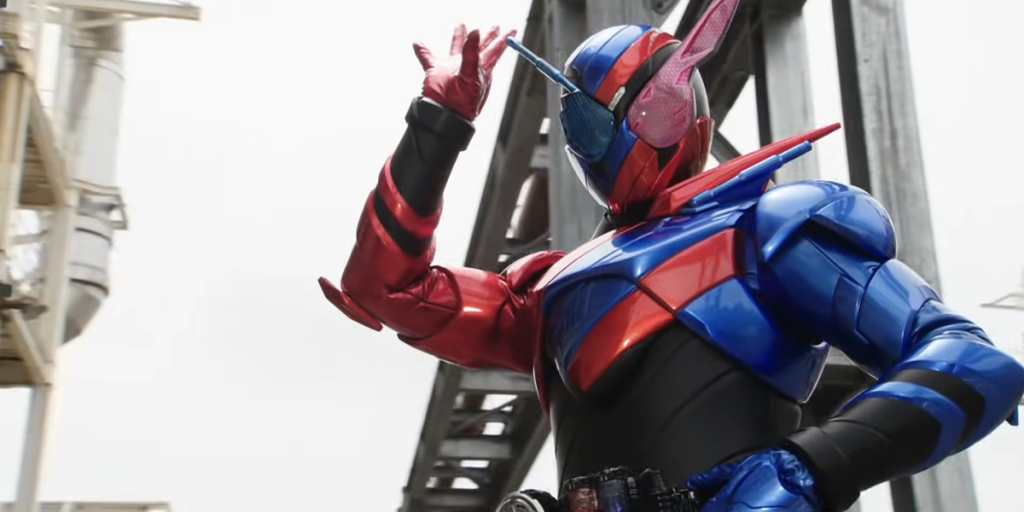
Much like Kamen Rider Kiva, it’s an understatement to say that Kamen Rider Gavv takes inspiration from Kamen Rider Build both in driver designs, story beats, and more. Build follows Sento Kiryu, a talented physician with amnesia, who becomes involved in a civil war sparked by Pandora’s Box, a mysterious alien artifact that split Japan into 3 factions, Touto, Hokuto, and Seito, via the Sky Wall. Alongside the hot-headed Ryuga Banjo, he battles the monstrous Smash created by the mysterious organization Faust, while uncovering the truth about his forgotten past. At its core, Kamen Rider Build is a story about trust, identity, and the horrors of science being used as a weapon. Much like Gavv, Build has surprisingly heavy political themes, betrayals, and personal struggles that keep viewers engaged with the story from start to end.
Where Build and Gavv share a connection is with their character archetypes. Shoma and Hanto’s relationship mirrors Sento and Banjo’s relationship, with both pairs start with a degree of mistrust or misunderstanding that they overcome over time to create a brotherly bond. Sento and Banjo clashed due to vastly differing personalities, while Shoma and Hanto clashed due to hidden identities and personal stakes that only worsened after Shoma’s true identity was revealed. Meanwhile, their tertiary riders, Kazumi and Lakia, both start in an antagonistic role, fighting for the opposing side, but soon join forces with the duos. Both are driven by tragic pasts, with Kazumi driven by his fallen teammates, while Lakia is driven to find his brother’s killer. The series also highlights the importance of their supporting characters with Gavv‘s Sachika and Build‘s Misora, both of which provide emotional strength and grounding for the main trio.
Fans who enjoyed Kenzo Suga as an antagonist will be thrilled with Evolto’s sociopathic manipulation used in Kamen Rider Build. While not in the same vein as Build’s Civil War, there is a sense of politics with the Granute world president, Bocca Jaldack, seeking reelection and using the Dark Treats to stay in power. Outside of the show, the two series also share similar belt designs for the two main transformation devices used throughout the show. Both the Build Driver and the Gavv Belt, despite being an organ in the series, use a crank mechanism to initiate the transformation. While the Sclash Driver and Vrastumgear use a lever to initiate the transformation. Whether it be in or outside of the series, there is no denying that Kamen Rider Gavv takes inspiration from the widely successful Kamen Rider Build.
What do you think of this list? Do you plan to check any of these Kamen Rider Series yourself? Let us know in the comments below!
The post 5 Best Kamen Rider Series to Watch Next if You Like Kamen Rider Gavv appeared first on ComicBook.com.
